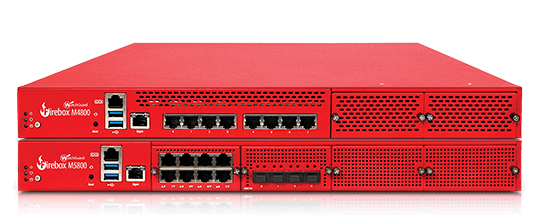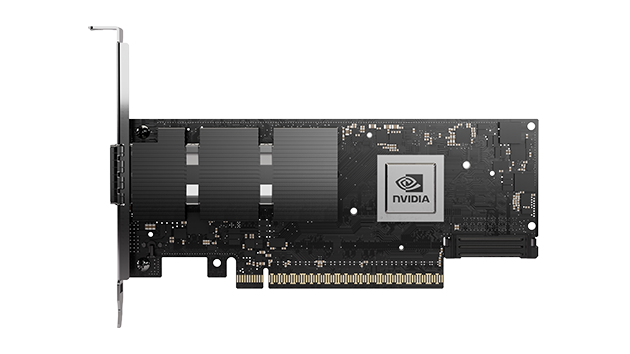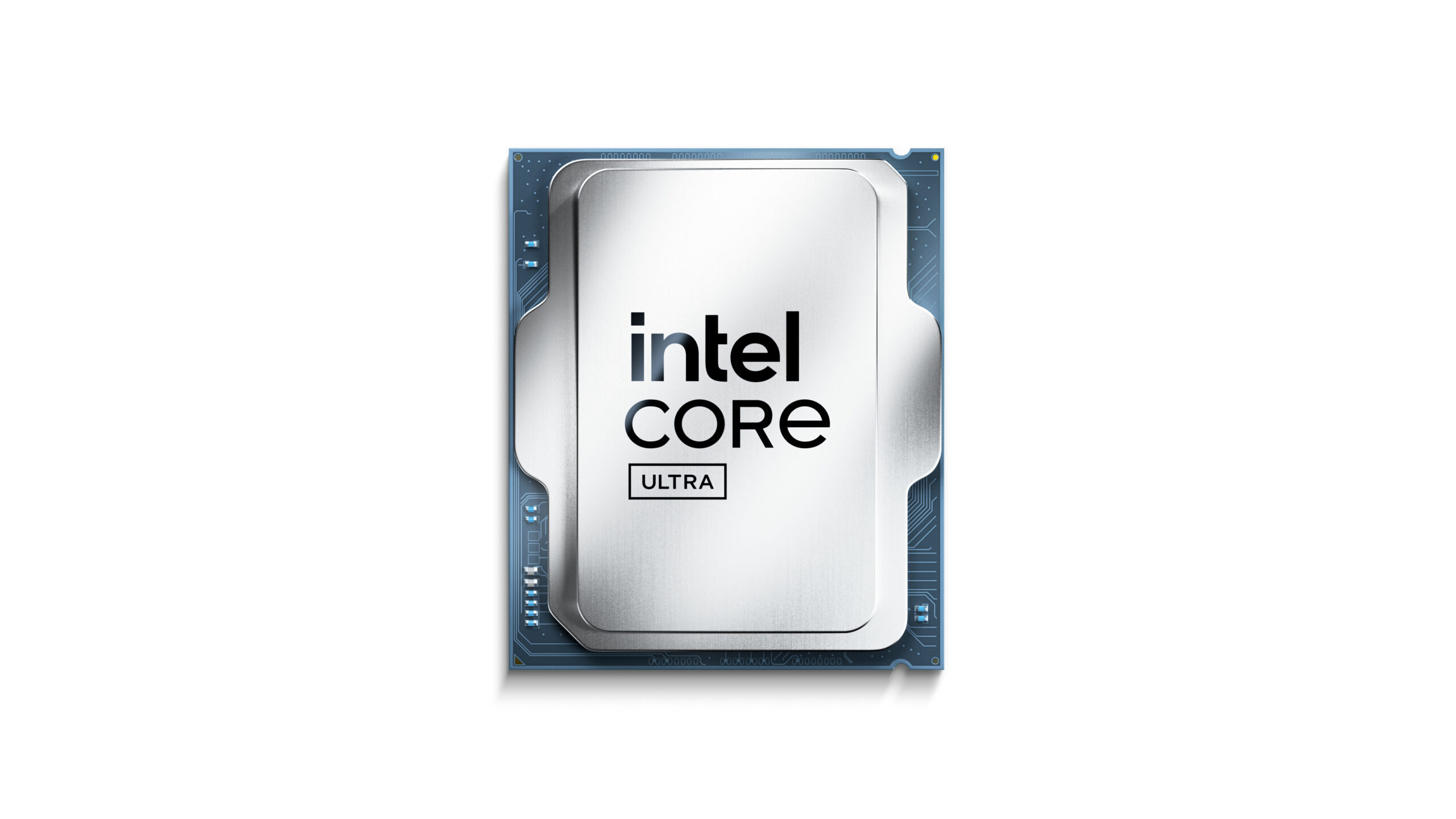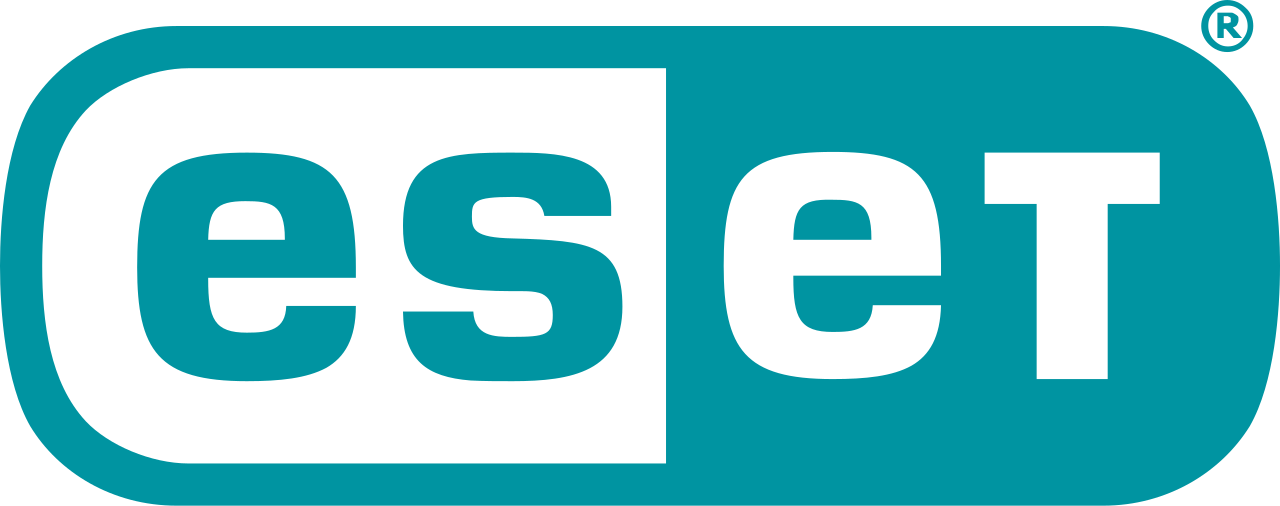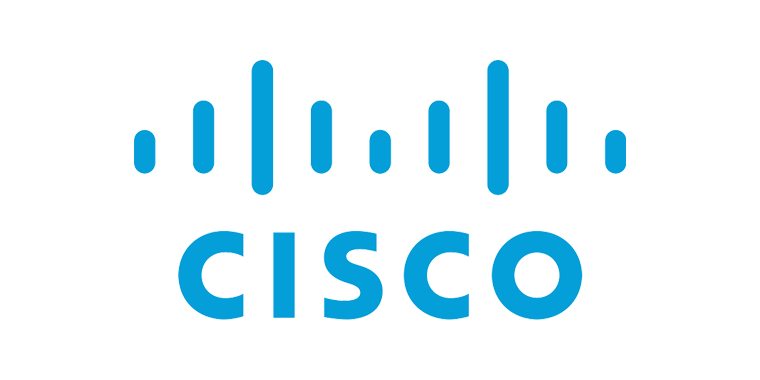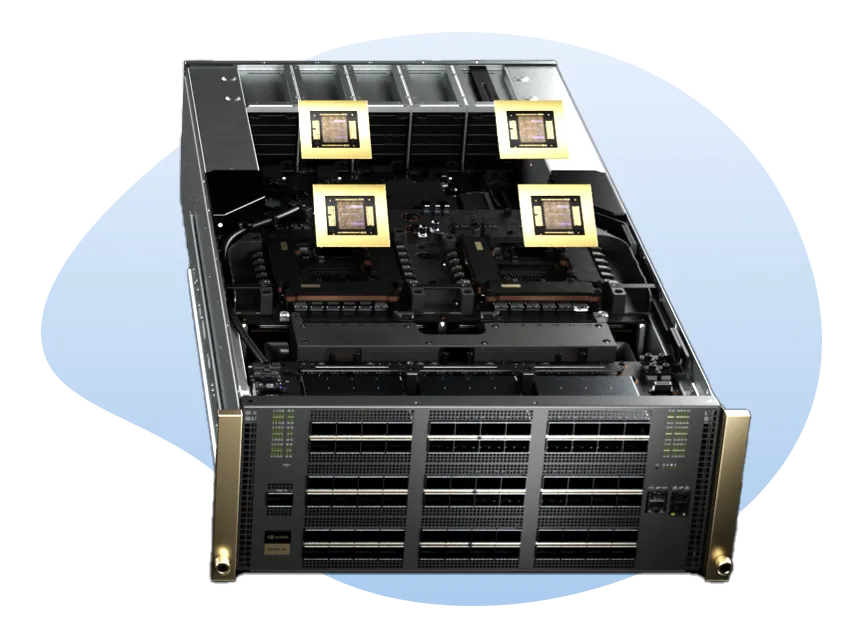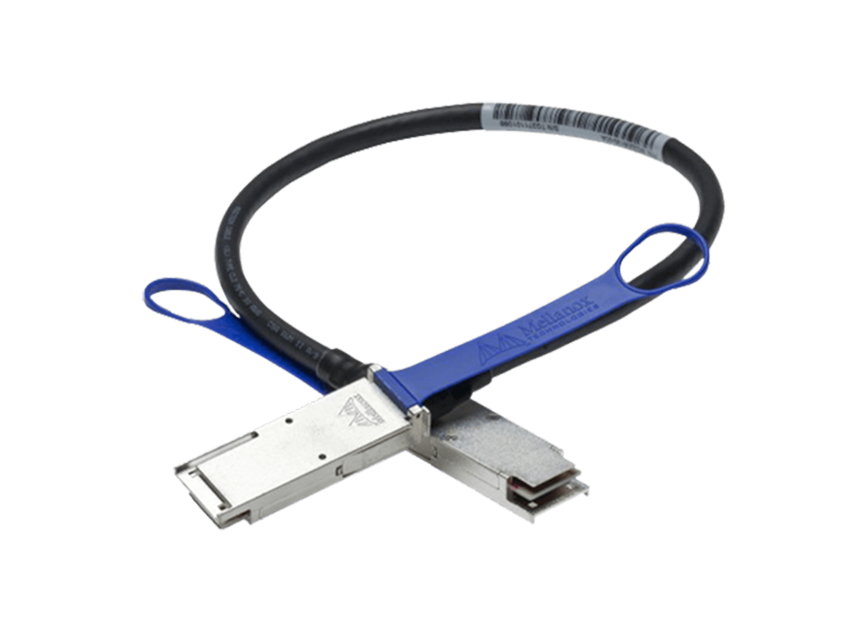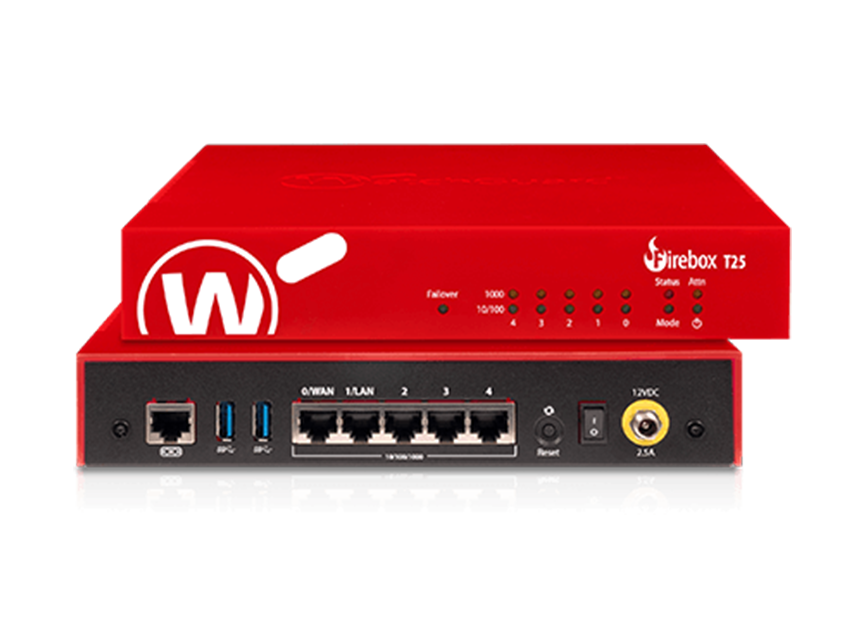Revolutionary Technology's Top Technology Stories
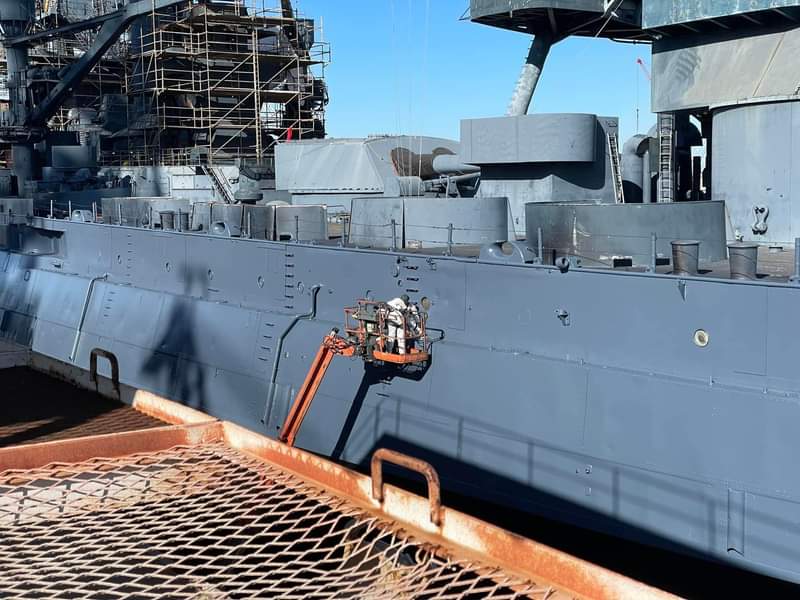
Revitalizing the Giants: Revolutionary Technology and Battleship Modernization
- Details
- Written by: Correo "Cory" Hofstad
- Parent Category: Technology Services
- Category: Portfolio
- Hits: 878
Introduction: Navigating New Waters in Maritime Defense
The evolution of military technology is often marked by pivotal moments that redefine the landscape of defense systems. In recent years, a notable project— the battleship modernization program initiated by the U.S. Navy—has enabled a revival of historical naval power through cutting-edge advancements. Dr. FADM Correo Hofstad leads this notable endeavor, whose expertise and vision have positioned Revolutionary Technology at the forefront of this ambitious saga, melding history with modern innovation. Explore the intricate details of the USS Washington’s revitalization at [classified] Shipyard, examining the various technologies integrated into these mighty vessels.
Through a multifaceted approach, the battleship modernization program aims to reactivate decommissioned vessels and enhance their capabilities to suit contemporary strategic necessities. The late 20th century witnessed the decommissioning of battleships like the Iowa-class boats, marking the end of an era. However, with the reactivation and modernization of ships such as the USS Washington early in the 21st century, an emblem of maritime strength and technological revolution emerged, bridging gaps between tradition and innovation.
Read more: Revitalizing the Giants: Revolutionary Technology and Battleship Modernization
Unleashing the Future: Revolutionary Technology and HPE’s Supercomputing Partnership
- Details
- Written by: Correo "Cory" Hofstad
- Parent Category: Technology Services
- Category: Seattle Computers & Technology
- Hits: 872
Introduction: The Dawn of the Exascale Era
Few advancements in the rapidly evolving technology landscape hold as much promise as supercomputing. As businesses, research institutions, and government agencies grapple with the complexities of massive data growth and evolving AI demands, Washington State's Revolutionary Technology emerges as a leader in server manufacturing, customization, and support services. By forming strategic alliances with industry giants like HPE, NVIDIA, WatchGuard, and Cray, Revolutionary Technology is poised to redefine the future of innovation in the Exascale era and beyond.
This blog post explores how Revolutionary Technology and HPE empower world-changing innovation and discovery. With a commitment to sustainability, accelerated AI capabilities, and faster time-to-results, this partnership is paving the way for a new generation of business supercomputers. Join us as we delve into high-performance computing and its transformative potential across various industries.
The Heart of Supercomputing: Revolutionary Technology in Washington State
Washington State stands at the forefront of technological innovation, especially in supercomputing. With companies like Revolutionary Technology leading the charge, this region is transforming into a hub for advanced computing solutions. Positioned strategically in Seattle, Revolutionary Technology specializes in server manufacturing, networking, repair, virtualization, and support services. This local expertise equips businesses with the tools necessary to harness the power of AI and data analytics.
Revolutionary Technology's' collaboration with HPE, mainly through the ProLiant Gen12 servers, enhances its ability to deliver cutting-edge solutions that meet the demands of modern enterprises. The ProLiant Gen12 servers are specifically optimized for AI workloads, enabling organizations to execute tasks like computer vision inference, generative visual AI, and end-to-end natural language processing efficiently. As organizations seek to navigate complexities with agility, transitioning to advanced supercomputing infrastructures becomes imperative.
The Strategic Partnership: HPE and Revolutionary Technology
Revolutionary Technology's partnership with HPE is a game-changer in the supercomputing landscape. Together, they are leveraging HPE's extensive portfolio and decades of experience in high-performance computing to address today's rigorous business demands. With a focus on accelerating insights and fostering innovation, this strategic alliance positions clients to navigate emerging challenges confidently.
Organizations can utilize HPE's technologies to capitalize on optimized server and storage solutions designed to drive AI and data-intensive workloads. The combined efforts of these technological leaders ensure that businesses have access to state-of-the-art systems that enable them to thrive in increasingly competitive markets. Moreover, HPE's legacy of supercomputing expertise guarantees clients are equipped with the most effective tools and technologies available.
Supercomputing: The Key to Unlocking Business Value
At its core, supercomputing revolutionizes how organizations analyze data and extract valuable insights. As the volume of data continues to surge exponentially, businesses face mounting pressure to achieve faster time-to-results while navigating budget constraints and sustainability goals. That's' where supercomputing comes into play.
In collaboration with HPE, Revolutionary Technology offers supercomputing solutions designed to overcome these obstacles. Organizations can use HPE's robust computing capabilities to manage large datasets, run complex simulations, and develop advanced AI/ML models seamlessly. Doing so unlocks new opportunities for innovation and empowers businesses to make data-driven decisions that drive growth. In the realm of high-performance computing, success hinges on the ability to harness the full potential of supercomputing technology.
Accelerating AI Initiatives: The Role of HPE ProLiant Gen12 Servers
The HPE ProLiant Gen12 servers are explicitly engineered for enterprise AI workloads, making them integral to the success of organizations striving to maximize their AI initiatives. This technology enables businesses to enhance their model development and training processes significantly. With capabilities to handle computer vision tasks, natural language processing, and more, these servers empower organizations to derive deeper insights from their data.
The ProLiant Gen12 servers become pivotal in overcoming traditional bottlenecks associated with deploying AI solutions by streamlining the transition from inference to fine-tuning. As organizations embrace AI and machine learning, the demand for high-performance computing will only increase. By partnering with Revolutionary Technology and utilizing HPE's' server technology, enterprises are well-equipped to navigate this exciting frontier.
Sustainability and Efficiency: A Commitment to Green Computing
In today's technological landscape, sustainability is no longer an option; it has become necessary. Revolutionary Technology recognizes the importance of combating climate change and championing sustainable practices within the tech industry. As part of their commitment to sustainability, the partnership with HPE emphasizes energy-efficient computing solutions, including direct liquid cooling technologies.
HPE's innovative approaches aim to significantly reduce cooling power consumption—up to 90% lower than traditional air-cooled systems. This remarkable efficiency not only supports environmental objectives but also lowers organizations' operational costs. By prioritizing sustainability, Revolutionary Technology and HPE ensure that their supercomputing solutions align with the values of modern enterprises while addressing the pressing challenges of our time.
Empirical Excellence: HPE Cray Supercomputers
One of the cornerstones of supercomputing innovation is the HPE Cray supercomputers. Rethought and re-engineered to meet today's' diverse computing needs, HPE Cray systems form the basis of their existing offerings. These world-leading, energy-efficient supercomputers deliver substantial performance gains at a previously unattainable scale, allowing organizations to tackle data-intensive workloads confidently.
HPE Cray's' revolutionary technology is adaptable to various organizational sizes and sectors, making it a vital asset for everyone—from global enterprises to research institutions. Additionally, these systems' competitive pricing and compact form factor make them accessible to a broader range of users, empowering even small to mid-sized organizations to join the ranks of high-performance computing pioneers.
Agility through HPE GreenLake: Flexible Deployment Options
Agility is paramount in an increasingly complex data landscape. Organizations must be able to scale their computing resources to respond swiftly to evolving demands. HPE GreenLake offers flexible deployment options, allowing enterprises to choose between on-premises solutions, colocation, or hybrid models. This flexibility ensures clients can adapt their computing resources to meet new challenges without delays.
With HPE GreenLake, organizations benefit from on-demand access to the computing power they need, enabling them to run more significant problem sets seamlessly. This capability improves operational efficiency and removes roadblocks historically associated with scaling computing infrastructures. The prowess of supercomputing is now within reach, no matter the size or scope of an organization.
Transforming Industries: Supercomputing in Action
The impact of supercomputing extends far beyond traditional computing scenarios. Industries across the board are leveraging these advanced technologies to unlock monumental gains. For instance, automotive manufacturers are utilizing supercomputing solutions to enhance their autonomous vehicle development, while life sciences researchers harness the power of high-performance computing to uncover breakthrough drug therapies.
Moreover, financial institutions utilize advanced analytics to predict stock trends and enhance fraud detection capabilities, solidifying their competitive edge in the marketplace. These examples illustrate a broader trend: supercomputing empowers organizations to innovate faster, respond to market changes swiftly, and make informed decisions with unparalleled speed and accuracy.
An Invitation to Embrace the Exascale Era
As the Exascale era unfolds, organizations must consider how they will harness supercomputing to address their unique challenges. By leveraging Revolutionary Technology and HPE solutions, companies can confidently step into a future with accelerated insights and more significant innovation potential. Embracing these advancements will revolutionize individual organizations and contribute to the collective progression of industries at large.
The journey to becoming a leader in high-performance computing begins with the intentional integration of supercomputing technologies. By maximizing AI capabilities and utilizing advanced analytical tools, businesses can remain ahead of the curve in a fast-paced digital landscape.
Conclusion: A Pathway to Unprecedented Innovation
The partnership between Revolutionary Technology and HPE signifies a monumental shift in the supercomputing discourse. Together, they are leading the charge toward a future powered by AI and high-performance computing. By focusing on scalability, sustainability, and innovation, they set the stage for organizations to realize their fullest potential in the Exascale era.
Embracing supercomputing technology will prove essential for organizations striving to thrive amid exponential data growth and rapidly changing market dynamics. With tools from Revolutionary Technology and HPE, businesses can unlock new opportunities for insights, innovation, and scalability, ensuring they remain relevant in an increasingly competitive world. Now is the time to harness the transformative power of supercomputing and shape your organization's future.
Page 6 of 35
Introduction: Addressing Mexico's Growing Energy Needs with Innovation
As Mexico's digital infrastructure expands to meet burgeoning demands, addressing the energy requirements of data centers becomes paramount. Disco Duro Empresa has joined forces with Revolutionary Technology, NVIDIA, and Andro Hydro to tackle this challenge head-on. Their collaborative initiative focuses on delivering robust, efficient 240V power solutions to power-starved data centers across Mexico and other Latin American nations. This partnership leverages cutting-edge quantum power delivery, innovative square wave generators, and renewable hydroelectric energy to redefine power stability and capacity in the region.
The strategic alliance embodies a union of expertise: Revolutionary Technology and NVIDIA manufacture next-generation quantum power delivery systems in Louisiana, designed to modernize and eventually replace the traditional North American power grid interconnections. Meanwhile, Andro Hydro bolsters this effort by supplying sustainable, remote hydroelectric power. Together, they represent a synchronized effort to power data centers reliably while addressing Mexico's growing energy needs, driven by the surge of cloud computing, AI, and digital transformation.
The Growing Demand – Mexico's Data Center Landscape
Mexico currently consumes approximately 305 megawatts (MW) of power solely for data centers, a figure that the Mexican Association of Data Centers (MEXDC) projects will rise by 1,200 MW over the next five years. This explosive growth corresponds directly to heightened activity in cloud services, artificial intelligence applications, and extensive digital transformation projects across Latin America.
Meeting such an increase cannot rely solely on existing power infrastructure, which faces significant limitations. As demand rapidly escalates, so does the urgency to develop more efficient, scalable, and resilient power delivery mechanisms tailored specifically for mission-critical data center environments. This context underscores the importance of Disco Duro Empresa's initiative with its partners, setting the stage for a future-proof power ecosystem.
Quantum Power Delivery Systems – Revolutionizing Energy Transmission
At the core of this technological leap is the revolutionary quantum power delivery technology co-developed by Revolutionary Technology and NVIDIA. Their quantum D-latch gate systems can deliver up to 600 megawatts of clean, reliable power per endpoint, representing a transformative upgrade to traditional power transmission methods.
Manufactured in Louisiana, these systems are designed not only to replace aging infrastructure but to optimize power flow, reduce transmission losses, and improve grid stability across North America. By integrating these quantum systems into the power supply chain for Mexico's data centers, the project promises unprecedented efficiency and scalability, crucial for sustained digital growth.
Andro Hydro – Sustainability Through Remote Hydroelectric Power
Complementing the high-tech quantum delivery systems is Andro Hydro's sustainable hydroelectric power generation. Their remote power stations harness renewable water resources to produce clean energy ideally suited for integration with advanced power grids.
Moreover, through the application of Dr. Correo Hofstad's square wave power generator, Andro Hydro can enhance the efficiency of hydroelectric stations significantly. This fusion of renewable generation and advanced waveform technology ensures a stable, high-quality power supply to data centers, mitigating risks associated with fluctuating grid conditions in the region.
The Square Wave Generator Advantage Explained
Dr. Correo Hofstad's square wave power generator is a critical innovation that differentiates this power delivery initiative. Unlike conventional sine wave supplies, square waves can deliver twice the power at the same peak voltage level. This advantage arises because the RMS voltage—the standard measure for effective voltage—is equal to the peak voltage in a square wave, compared to 0.707 times the peak in a sine wave.
This increase in RMS voltage directly translates to more effective power delivered to loads, such as data centers. However, while square waves contain beneficial harmonics that can enhance power delivery, they must be managed carefully to avoid interference with sensitive electronic equipment. Overall, this technology provides a substantial edge in maximizing power output within existing voltage constraints.
Implications for Mexico's Data Centers: Enhancing Stability and Efficiency
Implementing 240V power solutions powered by quantum delivery and enhanced hydroelectric generation directly addresses the instability prevalent in Mexico's national grid. Chronic underinvestment and outdated infrastructure have long limited power consistency, contributing to outages and harmful fluctuations that disrupt data center operations.
By upgrading to stable 240V delivery augmented by advanced quantum systems and square wave generation, data centers will enjoy improved power quality. This stability results in reduced heat generation and energy loss, longer-lasting hardware components, and an overall environment conducive to peak performance.
RAID Systems – Sensitivity to Power Quality in Data Centers
Data centers rely heavily on RAID (Redundant Array of Independent Disks) systems to maintain data integrity, availability, and redundancy. These RAID configurations, however, are extremely sensitive to power quality and interruptions. Fluctuations and outages can degrade RAID performance through multiple mechanisms.
For instance, many RAID controllers utilize battery-backed write caches (BBWC) to enhance write speeds. Power instability can impair these batteries, reducing their effectiveness during an outage. Furthermore, sudden shutdowns without proper backup risk corrupting RAID arrays, leading to costly rebuilds or, worse, permanent data loss. Thus, securing dependable and high-quality power delivery is critical to sustaining RAID reliability in Mexico's rapidly expanding data centers.
Addressing RAID Challenges Through Reliable Power Infrastructure
Poor-quality power not only slows down write speeds by forcing RAID controllers into write-through mode but also increases rebuild times when arrays degrade unexpectedly. Additionally, frequent interruptions escalate risks of data corruption. Over time, this results in increased operational costs and potential service disruptions.
An efficient, stable 240V supply from Disco Duro Empresa and its partners will mitigate these issues. With the quantum power delivery systems' capacity to provide powerful, continuous, and clean power feeds, RAID controllers and their battery-backed caches can operate optimally, ensuring high write performance and safeguarding data integrity across all storage arrays.
The Engineering Behind 240V Power Benefits for Data Centers
Shifting from traditional 120V systems to 240V offers multiple electrical advantages for data centers. Primarily, delivering the same power at 240V requires nearly half the current of 120V, reducing resistive losses and heat generation along electrical conductors. This reduction enhances efficiency and extends equipment lifespans.
Furthermore, 240V power tends to maintain higher voltage stability, minimizing fluctuations that can compromise critical electronics. Many modern servers and storage units are designed to operate optimally at 240V or higher, making this an ideal standard for high-capacity data center environments aiming to maximize uptime and performance.
Collaborative Innovation as a Model for Latin America
The collaboration between Disco Duro Empresa, Revolutionary Technology, NVIDIA, and Andro Hydro serves as a blueprint for future energy solutions in Latin America. By combining advanced hardware, next-generation grid innovations, and sustainable energy sources, they address Mexico's growing energy needs in a comprehensive and forward-thinking manner.
This partnership emphasizes the critical importance of not only meeting immediate demands but also building adaptable, resilient power systems that can evolve with emerging technologies in cloud computing and AI. Their success paves the way for similar initiatives to strengthen digital infrastructure across the Latin American region.
Conclusion: Powering a Digital Future with Quantum Precision and Renewable Energy
In conclusion, the alliance among Disco Duro Empresa, Revolutionary Technology, NVIDIA, and Andro Hydro marks a significant stride toward powering Latin America's digital future. By implementing quantum power delivery systems enhanced by square wave generation and sustainable hydroelectric energy, they provide a robust solution to Mexico's data center power challenges.
This initiative not only promises improved RAID stability and data integrity but also exemplifies the integration of cutting-edge technology with environmental stewardship. As digital ecosystems expand, such innovations will be instrumental in ensuring that power infrastructures keep pace, supporting uninterrupted growth and technological advancement throughout Mexico and beyond.
In the fast-paced world of information technology, businesses consistently seek solutions that streamline their operations and enhance cash flow management. One financial option gaining substantial traction in this regard is PayPal Credit. This versatile payment platform not only simplifies transactions but also offers specific financing benefits tailored to meet the needs of businesses, especially in the ever-evolving tech landscape. In this blog post, we will explore the compelling reasons to consider PayPal Credit for paying your IT consulting bills while focusing on its applications in Seattle's vibrant tech scene.
Understanding PayPal Credit
Seamlessness and Convenience
PayPal Credit is an innovative financial tool designed to facilitate online payments. Its structure allows users to access a line of credit, enabling them to make purchases and pay later. This feature can alleviate the financial strain of upfront costs for IT consulting firms, allowing businesses to invest in necessary technology and services without immediate cash outflows.
Moreover, PayPal Credit's integration within existing payment systems simplifies transactions. Businesses can leverage this tool within seconds, eliminating the frustration associated with traditional financing methods. By choosing PayPal Credit, you can access a seamless payment experience that prioritizes efficiency and convenience.
Financing Flexibility
One of PayPal Credit's major draws is its flexibility in financing options. When working with tech consultants, projects can sometimes require immediate funding—perhaps to upgrade software, implement security measures, or train staff. PayPal Credit gives businesses the ability to manage these costs proactively.
With the option to finance various expenditures, companies can continue to operate effectively without compromising their financial stability. Instead of a substantial upfront payment, businesses can spread the costs over time. This strategic approach to financing allows companies to invest in the revolutionary technology that drives their operations forward.
Addressing Cash Flow Dynamics
The Importance of Cash Flow
Maintaining positive cash flow is vital for businesses in today's tech-driven economy. Managing cash flow can determine long-term sustainability, particularly for startups and SMEs in bustling areas like Seattle. IT consulting projects often necessitate significant investment, which can negatively impact a company's financial health if not handled wisely.
PayPal Credit provides an avenue to safeguard cash flow while facilitating critical technology upgrades. Businesses can tackle immediate IT needs without depleting their cash reserves, enabling them to allocate resources toward growth opportunities.
Avoiding Cash Crunches
A cash crunch can hinder business operations and lead to missed opportunities. By utilizing PayPal Credit, businesses can prevent such crises. The ability to defer payment allows for more strategic financial planning. Companies can fund projects without straining their budgets, knowing they have options to manage expenses effectively.
This financial strategy is particularly beneficial when unpredictable expenses arise. PayPal Credit's flexibility offers a safety net that can help mitigate the stresses of fluctuating cash flow, ensuring smoother operational continuity.
Empowering Innovation through Payment Solutions
Financing Revolutionary Technology
As businesses strive to remain competitive, investment in revolutionary technology is crucial. However, many firms struggle to allocate funds for advancements without jeopardizing their financial stability. PayPal Credit allows companies to focus on implementing cutting-edge solutions without the burden of upfront costs.
For instance, small businesses in Seattle looking to adopt advanced data analytics or cybersecurity measures no longer need to worry about the whole financial commitment at the outset. Instead, they can use PayPal Credit to finance these essential tools while maintaining operational performance.
Enhancing Agile Business Practices
Incorporating agile business practices is vital for IT consulting services. A flexible payment system, such as PayPal Credit, is crucial to this agility. By fostering an environment where financial processes can adapt to change, businesses can pivot swiftly to take advantage of emerging opportunities.
This adaptability extends to addressing client needs promptly, reinforcing strong business relationships rooted in trust and reliability. Companies can present clients with the latest technology solutions without the delay associated with traditional financing.
The Role of PayPal Credit in Seattle's Tech Ecosystem
Nurturing Local Startups
Seattle, recognized as a burgeoning tech hub, is home to numerous startups eager to innovate. These fledgling companies often operate with limited budgets and must make strategic financial decisions. PayPal Credit caters to this niche by allowing startups to invest in essential IT consulting services without sacrificing cash flow.
Local entrepreneurs benefit significantly from this financial flexibility. Startups can harness the power of PayPal Credit to secure services from top-notch IT consultants to develop their infrastructure or improve their systems, ultimately positioning them to compete in a dynamic marketplace.
Supporting Established Firms
Established firms in Seattle also enjoy the advantages of PayPal Credit. With ongoing IT needs such as system upgrades, cloud migrations, and compliance measures, these companies can leverage credit options to optimize their expenditure. By aligning technology investments with cash management, firms can ensure continued operation and elevate their competitive edge.
Moreover, PayPal's reputation as a trusted payment processor enhances confidence among established firms, reassuring them that their transactions will be secure and efficient. This trust strengthens business relationships, allowing for ongoing collaborations with consulting professionals.
Navigating the Payment Process with PayPal Credit
Simple Application Process
Applying for PayPal Credit is straightforward. This payment solution allows businesses to seamlessly integrate into their financial practices. Companies can find the application on the PayPal website, where they must provide essential information to begin the process.
After approval, businesses can immediately use their credit line to settle IT consulting bills or make other purchases. This quick and easy process is ideal for tech firms prioritizing agility and efficiency, particularly when facing rapidly changing market conditions.
Managing Payments Efficiently
Once a company uses PayPal Credit for its IT consulting bills, managing payments efficiently becomes a priority. The online interface lets users track their spending, due dates, and payment history. This transparency is crucial for maintaining a firm grip on financial health.
Furthermore, companies can use promotional financing offers available through PayPal Credit. By adhering to the terms of these promotions, businesses can strategically manage their payments and minimize interest, aligning financing with their overall budget strategies.
Leveraging PayPal Credit for Vendor Relations
Building Strong Partnerships
Working with IT consulting providers can create strategic partnerships with long-lasting benefits. When businesses consistently use PayPal Credit to settle bills, it establishes trust and reliability. Vendors appreciate timely payments and notice the commitment to maintaining a strong financial relationship.
Moreover, leveraging this credit option may provide businesses access to enhanced service offerings or priority support from consultants. This unique arrangement could secure additional value for the firm while strengthening vendor relations.
Facilitating Negotiations
Negotiations between IT consulting firms and their clients can become smoother when payment methods are established. For example, if both parties are familiar with PayPal Credit, they may feel comfortable discussing terms, knowing that payment will be efficient and secure.
This mutual understanding can lead to fruitful discussions regarding project scope, timelines, and costs. Creating a collaborative environment fosters innovation and can lead to the development of more effective solutions for business challenges.
Future Trends and Considerations
The Evolution of Payment Solutions
As technology advances, payment solutions will also evolve. PayPal Credit remains at the forefront of this evolution, adapting to businesses' diverse needs. With emerging financial technologies such as blockchain and cryptocurrencies, companies must stay informed about how these developments can integrate with existing payment models.
Understanding potential changes can help businesses remain agile. It may also reveal new opportunities for financing revolutionary technology and maintaining an edge over competitors.
Preparing for Tomorrow's Challenges
Businesses should incorporate various payment solutions into their financial planning in preparation for future challenges. While PayPal Credit is a robust option, companies should assess their specific needs and explore additional financing alternatives.
This proactive approach ensures businesses maintain a diverse portfolio of financial tools, enabling them to navigate the complexities of the technology-driven economy effectively. Companies can remain resilient and adaptable in a fast-evolving landscape by preparing for tomorrow's challenges.
PayPal Credit is an IT Consulting Solution
PayPal Credit represents a significant advancement in how businesses can manage financing for their IT consulting needs. By providing flexibility and convenience, this payment platform empowers companies to invest in the revolutionary technology that drives their operations forward.
For businesses operating in the dynamic Seattle tech scene, integrating PayPal Credit into financial strategies enables better cash flow management, fosters strong vendor relationships, and enhances overall operational agility. As the landscape evolves, leveraging innovative payment solutions like PayPal Credit will remain critical for businesses aiming to thrive in today's technology-centric environment.


